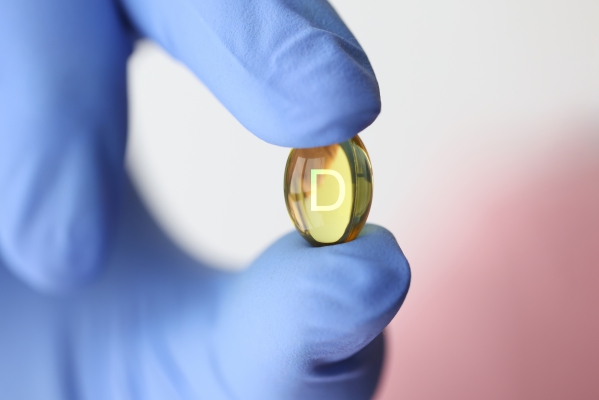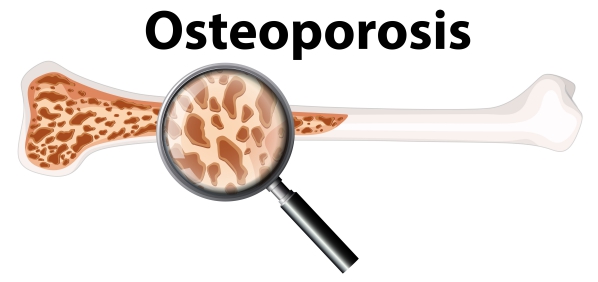What is Rickets?
Rickets is a disease that affects bones that are still growing, thus unique to children and adolescents. It arises due to a problem in the calcification process of the bones in a developing individual. When the same problem arises in an adult, this condition is known as osteomalacia. Rickets may be due to a deficiency of Vitamin D or less commonly due to inadequate dietary intake of calcium or phosphorus.
During the Industrial revolution, there was an epidemic form of rickets in temperate zones. This was due to pollution from factories that was blocking the sun’s ultraviolet rays. Sunlight is essential for the formation of vitamin D. In the United States, vitamin D deficiency is usually rare in infants who are fed with infant formulas as they contain about 400IU of vitamin D per litre. It has been observed that in children who have chronic malabsorption diseases or end-stage renal disease, almost all rickets cases occurred in dark skin children who have been breastfed and have not received vitamin D supplements.
Rickets also tend to occur in the Middle East where children are bundled in clothes and are not exposed to sunlight. In some areas in Africa, especially in countries where corn is predominant in their diet, a deficiency of calcium and/or phosphorus can lead to rickets. With time, it has been observed that the incidence of rickets have increased maybe due to the recommendations for children to wear sunscreen when they are outdoors and their tendency to spend more time indoors watching television or playing video games, instead of being outdoors playing.

Rickets may lead to deformities in the skeleton as well as a short stature. In girls, the pelvis may also become distorted which may lead to problems later in life, especially during childbirth. In severe cases of rickets, children may also have problems breathing leading to respiratory failure.
What are the causes of rickets?
Vitamin D is formed in the skin in the presence of sunlight. This vitamin is in turn essential for the absorption of calcium and phosphorus, from food, in the body. Rickets can arise at different levels. These include:
- The body does not have enough vitamin D
- The body is not able to use vitamin D properly
- Rarely, insufficient amount of calcium is being consumed
Lack of exposure to sunlight leads to insufficient amount of vitamin D being formed in the skin. This may be due to the use of sunscreen, spending more time indoors than outdoors or always wearing completely covering clothes when going outside.
In some children, vitamin D is being produced normally, but the body is not able to use it to absorb calcium properly. This may be due to some diseases including celiac disease, inflammatory bowel disease, cystic fibrosis or those with end-stage renal disease.
Rarely, rickets may be due to inadequate intake of calcium. Some calcium rich foods include fatty fish or fish oil (cod liver oil) and egg yolks. It is also present in milk and some cereals.

What are the risk factors for rickets?
The following factors may put a child more at risk to develop rickets:
- Not being exposed to sunlight enough (also due to living in areas where there is less sunshine)
- Being exclusively breastfed (human milk contains less calcium compared to formula milk)
- Having dark pigmented skin (blocks the penetration of ultraviolet rays in the skin)
- Eating calcium deficient meals
- Being vegan

What are the signs and symptoms for rickets?
The following signs and symptoms may be present in rickets:
- Muscle weakness
- Delay in growth and motor skills
- Painful spine, pelvis and legs
- Generalized loss of tone in the muscles
- Thinning and softening of the bones of the skull, with thickening of the bones at a later age leading to frontal bossing
- Deformities in the legs such as bowlegs and knock knees
- Weakened ribs
- Deformity in the chest known as pigeon-breast deformity
- Softening of bones leading to fractures
How it the diagnosis of rickets made?
To make the diagnosis of rickets, your doctor will first ask a series of questions to know more about the symptoms. He/she will then proceed with a physical examination to look for signs of rickets. Following that, the doctor may request some tests to confirm the diagnosis of rickets. These include:

- Blood tests: These tests include the measurement of the levels of calcium and phosphorus in the blood. The tests may also involve the measurement of vitamin D levels in the child’s blood.
- Radiography: X-rays may also be required in making the diagnosis of rickets. These include images of the femur and tibia. This is because these are the areas in which growth occurs more rapidly, and hence the pathologic changes are accentuated.
How is rickets managed?
The treatment for rickets is done over several months. It includes the gradual administration of vitamin D. Your doctor knows best about the dose and duration of the treatment. In some cases, the vitamin D may be given in a single dose. The treatment is continued until healing is well establishes. The progression is monitored through the measurement of alkaline phosphatase concentration in the blood. Alkaline phosphatase is a substance (enzyme) in the body that plays an important role in the development of bones.
The success of the treatment depends a lot on how well you comply with the instructions with regards to the mode of treatment. If severe deformities are present, an orthopaedic surgeon may have to perform surgeries after some time. However, most deformities usually correct with growth.
How can rickets be prevented?
Since human milk contains little vitamin D and too little phosphorus for babies weighing less than 1500g, it is recommended for these babies to have special supplementations if they are exclusively breastfed.

Having adequate exposure to sunlight is also a great way to prevent rickets. It is important to know that dark skinned children need a longer exposure to sunlight compared to light-skinned children. In some children, the amount of calcium and phosphorus in the diet can be increased by the consumption of dietary supplements or by eating more calcium and phosphorus rich foods such as fatty fish or cod liver oil.

Source:
Schwarz, S., 2017. Rickets
Lowdon J. Rickets: concerns over the worldwide increase. J Fam Health Care. 2011 Mar-Apr. 21(2):25-9.
McKay CP, Portale A. Emerging topics in pediatric bone and mineral disorders 2008. Semin Nephrol. 2009 Jul. 29(4):370-8.
Casey CF, Slawson DC, Neal LR. VItamin D supplementation in infants, children, and adolescents. Am Fam Physician. 2010 Mar 15. 81(6):745-8.
Wagner CL, Greer FR. Prevention of rickets and vitamin D deficiency in infants, children, and adolescents. Pediatrics. 2008 Nov. 122(5):1142-52.





